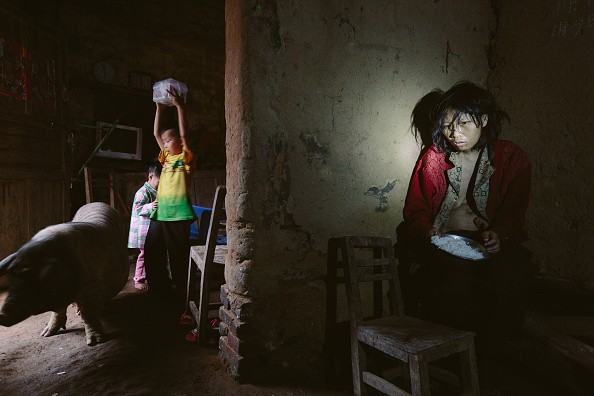A recent research led by Fiona Charlson found that 94 percent of Chinese people suffering from substance use disorders, anxiety, depression, and other mental illnesses are still left untreated. In India, only 1 out of 10 mentally ill people is receiving treatment from a specialist.
"In China, mental, neurological and substance use disorders accounted for 7 percent of all [years of healthy life of the whole population] in 1990, rising to 11 percent by 2013," said the researchers of the study. "Similarly in India, the proportion of all burden explained by mental, neurological, and substance use disorders rose from 3 percent in 1990 to 6 percent in 2013."
The Lancet stated that the staggering number of people who are not receiving proper psychiatric treatment is a result of a number of factors. These include poor access to mental health services and facilities, lack of trained professionals in the field of psychiatry, high levels of stigma, and low investment in improving mental health services.
The Guardian reported that the mental health care sector only receives less than 1 percent of the total national health budget in both countries.
Despite the current advancements in the assessment, diagnosis and interventions for mental illnesses, a strong stigma against the mentally ill continues to linger in the present-day societies across China and India.
According to professor Graham Thornicroft of the community psychiatry at the King's College London, the same scenario occurs in all the other countries on earth. He described the neglect of the people with mental illness as "astonishing" and "a major scandal." He believes that the governments should realize the indirect yet harmful effects of mental illness to people's lives.
The research also revealed that there will be an increase of 10 percent in the years of healthy life that will be lost in China by 2025. At the same year, India is projected to have a staggering 23 percent increase.
Dementia is expected to affect more lives in both countries in the next 10 years.



























